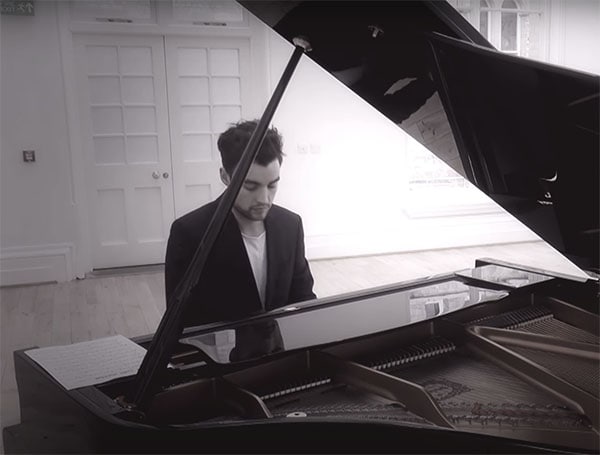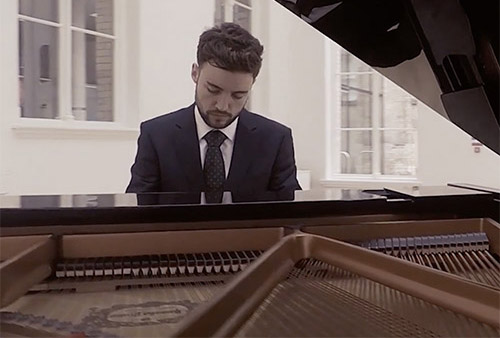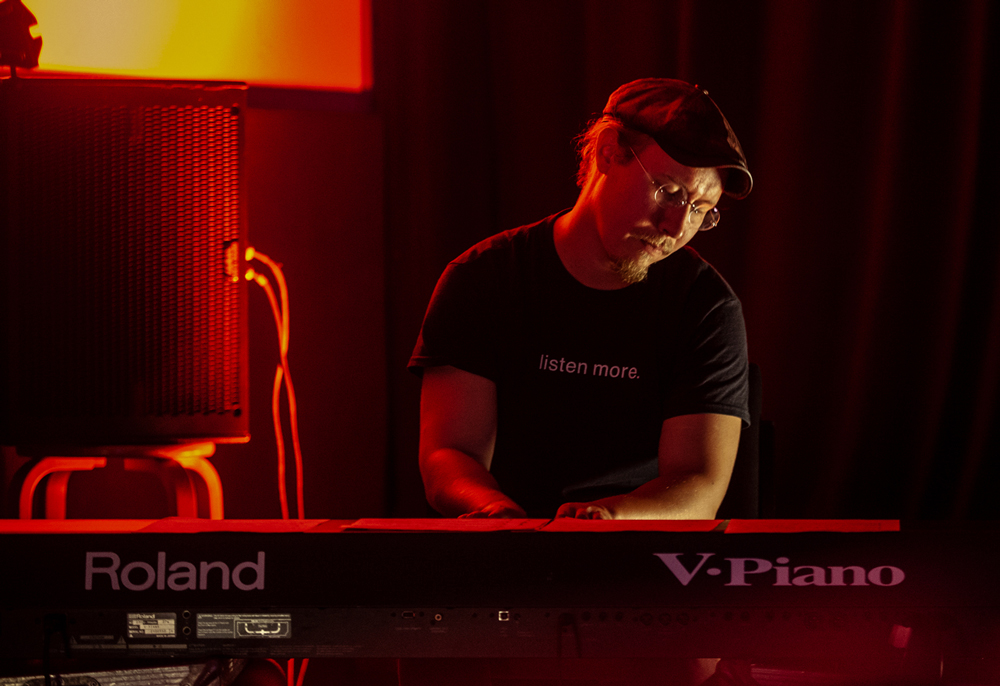
Hayden Hill
Hayden founded PianoGroove in 2015 with the goal of making the world a more musical place. He shares his love for jazz piano through his online courses and manages the community area of PianoGroove.
September 15 · 2021
Ask Question
Live Seminar Resources
Live Seminar Resources
PDF Downloads
- Misty Chord Chart
Join PianoGroove Pro to access all downloads and learning resources.
Download theory supplements, midi files, chord changes and full note-for-note transcriptions of every lesson.
Seminar Description
Seminar Description
In this seminar explore 4 important elements of solo jazz piano performance. We discuss a range of theory areas and apply the techniques to a well-known jazz standard.
Comments
3 Comments
Leave Comment
Show All Comments








Hi Hayden, can you tell me why we learn all the rootless voicing with four notes, but I’ve noticed you play only three for most chords. Regards mark
Hi Mark,
Great question here.
For my rootless dominant voicings I often play 3 note voicings with the following tones: 3-b7-9 and also b7-3-13. However I will sometimes play 4 notes which would be 3-13-b7-9 and also b7-9-3-13. When I add alterations to the left hand voicings such as the b9 I add over the Eb7 and the C7 …. you will see that I always play these with the 3 note voicing 3-b7-b9.
There is no set rule here, and I do mix them together. You will notice that with my minor and major chords in the 251s, these are almost always 4 note voicings. We can also play 3-6-9 for major chords but this isn’t something that I use much in my playing as it sounds a little more “angular”. It’s an option though!
Ultimately, I am just choosing to drop a note out of my rootless V7 dominant chord voicing and often this results in a stack of 4ths, such as F-B-E for G7 (b7-3-13) and this creates a nice sound to my ears.
A 3 note rootless voicing will always sound a little lighter and less compact than 4 notes. Dominant chords are already quite rich and dissonant due to the tritone interval and so experimenting with both 3 and 4 note rootless voicings will give you some slightly different textures.
In the practice drills we play 4 note voicings because it’s easier to play all the notes to start with, and then optionally drop one out if we want to. Keeping 4 notes in the rootless V7 chord is also good to see how cleanly the notes voice lead from the ii-7 to the V7 chord.
The most important thing to remember is that we need to have the 3rd and 7th in the voicings, and then the other notes we choose to play (or not to play!) are optional. It can be a nice exercise to strip your dominant chords down to 3rds and 7th, and then try to spot the b9 and add it into the voicing.
I hope that helps Mark and let me know if I can be of further assistance on this.
Cheers,
Hayden
“Thanks Hayden for great explanation”